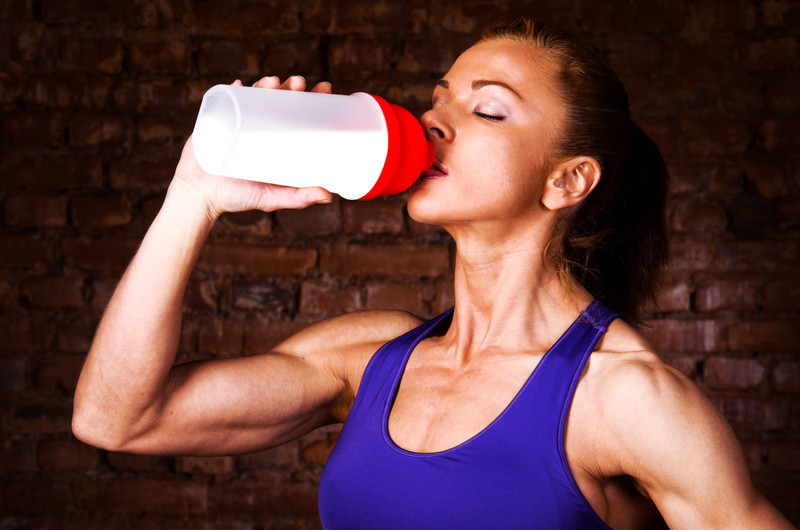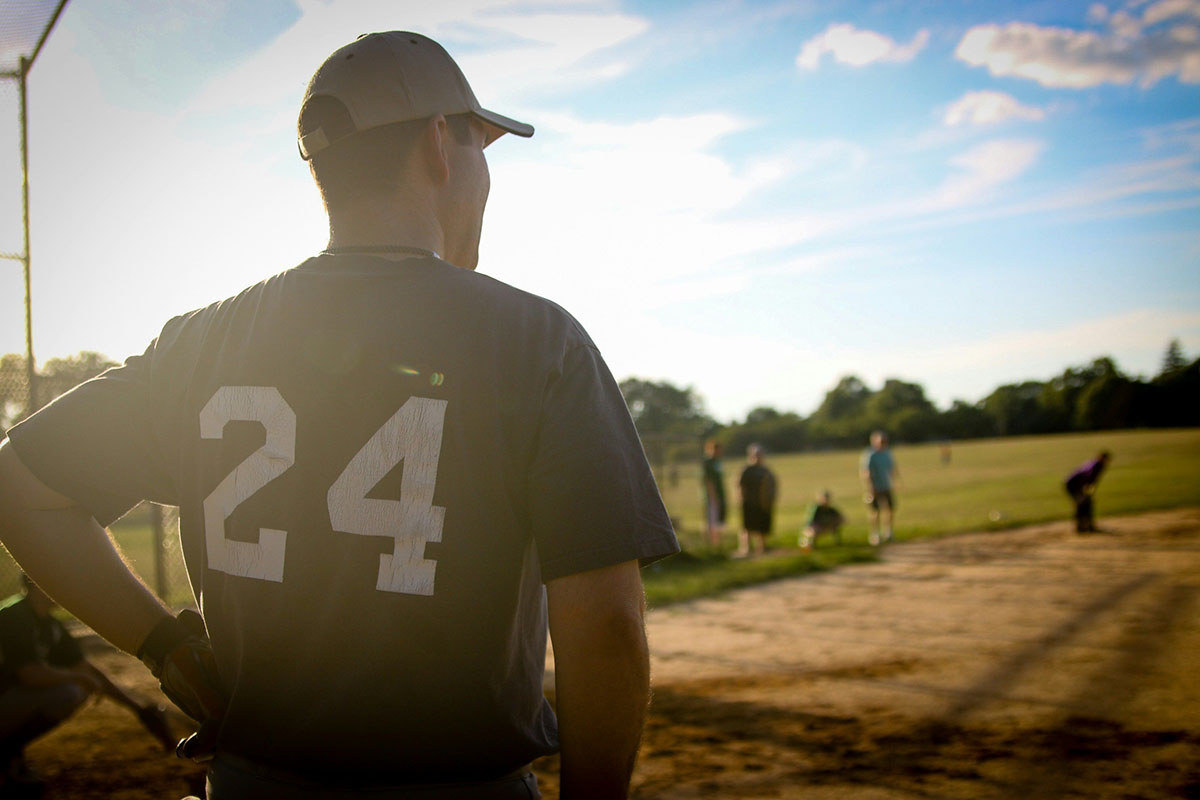When we think of sports leadership, we typically think of game strategy and motivational speeches—at…

Eating Disorders And The Athlete
We hear about the prevalence of eating disorders in the fashion industry and Hollywood. What is less well known is its prevalence in professional sports. Athletes operate under enormous pressure to fit a physical ideal and to constantly perform at their best. Because of this, professional athletes are three times more likely to develop an eating disorder than the average person (Bowers, n.d.).
The two most common eating disorders are anorexia and bulimia. People afflicted with anorexia restrict their intake of food in an effort to meet their ideal weight. Many do this to the point of starvation. In bulimia, the afflicted person goes through a cycle of bingeing and purging. The person will binge on a large amount of food in a short period of time, then eradicate what they’ve eaten through self-induced vomiting or other means. This cycle is usually followed by feelings of guilt, shame and remorse.
Some athletes are more likely than others to develop an eating disorder. Athletes who compete in judged sports are three times more likely to develop an eating disorder than those who partake in refereed sports. Lean sports, such as sports with weight requirements, also leave athletes prone to eating disorders (Bowers, n.d.).
Female athletes in gymnastics are most at risk for developing an eating disorder (Girls Gymnastics, n.d.). Gymnastics is a judged sport which is not only performance based but also appearance based. Scheduled weigh-ins are now a typical practice in gymnastic training, which only gives added pressure to the athletes to meet a strict ideal.
Eating disorders are also common in figure skating and ballet. Perhaps the cause of eating disorders in performance sports is more about an unrealistic ideal placed on women by society, than it is about being physically fit. That being said, men are no strangers to eating disorders either. Performance sports such as wrestling and jockeying carry with them enormous pressure for athletes to constantly measure up to a specific weight (Mayer, Kohman, n.d.).
Jockeys may sit in a heated car wearing a rubber suit, use hot-box saunas, self-induce vomiting, or take cocaine and amphetamines to suppress their appetite. Wrestlers abuse diuretics, binge and purge, and take laxatives to make their weight requirements before a match, then routinely binge following a match. Crew athletes wear many layers of clothing during runs on hot days to lose weight (Mayer, Kohman, n.d.).
Why are certain athletes prone to developing eating disorders and others are not? Other than an obvious need to maintain their physical prowess, the idealistic attitude and personality traits of professional athletes bare similarities to that of a typical person with an eating disorder. These individuals tend to be highly motivated, goal oriented, with ideals of perfection. These traits are common in all successful people, but are particularly great in professional athletes (Bowers, n.d.).
As a coach or sports professional, it is important to recognize the signs of anorexia and bulimia, and to not add additional pressure to impressionable athletes. Maintain connections with counselors and eating disorder specialists so that resources are readily available if someone you know develops an eating disorder.
Works cited:
Bowers, E. (n.d.). Why athletes develop eating disorders. Retrieved from https://www.everydayhealth.com/news/eating-disorders-athletes/
Koman PhD, S. & Hanson-Mayer APRN, G. (n.d.). Which Athletes Are Most Likely To Develop Eating Disorders? Retrieved from https://www.waldeneatingdisorders.com/which-athletes-are-most-likely-to-develop-eating-disorders/
Find the best bulimia treatment programs and dual diagnosis rehabs. Retrieved from http://www.bulimia.com/topics/bulimia/
Girls Gymnastics: When a bright spotlight casts a dark shadow. (n.d.). Retrieved from https://www.eatingdisorderhope.com/girls-gymnastics-when-a-bright-spotlight-casts-a-dark-shadow


